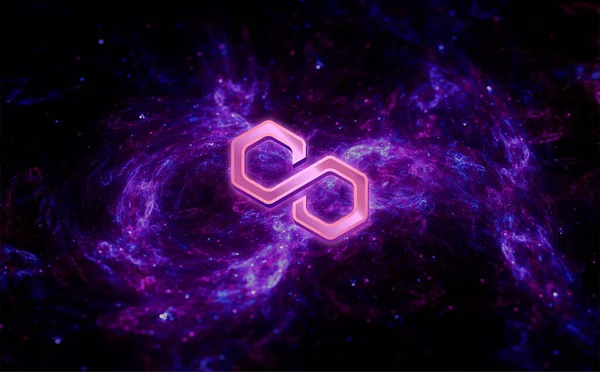In the vast and dynamic landscape of blockchain technology, Polygon (MATIC) has emerged as a transformative force, providing a solution to one of the most pressing challenges faced by Ethereum—the issue of scalability. This article embarks on a comprehensive journey through the evolution, key features, and potential impact of Polygon, the layer 2 scaling solution that aims to revolutionize the Ethereum ecosystem.
1. The Genesis of Polygon:
Polygon, formerly known as Matic Network, was conceived in 2017 by Jaynti Kanani, Sandeep Nailwal, and Anurag Arjun, with the vision of addressing Ethereum’s scalability limitations. The project officially rebranded to Polygon in 2021, signaling a broader commitment to becoming a multichain scaling solution for Ethereum-compatible blockchain networks.
2. The Scalability Challenge:
Ethereum, while revolutionary, faced challenges related to scalability, high transaction fees, and slower confirmation times. Polygon sought to address these issues by providing a layer 2 scaling solution that could enhance the throughput of Ethereum while maintaining compatibility with its existing infrastructure.
3. Polygon’s Architecture:
Polygon is designed as a multichain scaling solution, featuring multiple interconnected blockchains. The core component, the Polygon PoS (Proof-of-Stake) chain, acts as a secure and efficient layer 2 solution, processing transactions off the Ethereum mainnet. This architecture enhances scalability by reducing congestion and transaction costs.
4. Polygon PoS Consensus:
Polygon utilizes a PoS consensus mechanism on its main chain, enabling faster transaction finality and reducing the environmental impact associated with traditional Proof-of-Work (PoW) mechanisms. The PoS consensus enhances efficiency while maintaining a high level of security.
5. Bridging to Ethereum:
One of Polygon’s key strengths lies in its seamless integration with Ethereum. Through the use of bridges, assets and data can move freely between the Polygon network and the Ethereum mainnet, providing users with the flexibility to leverage the benefits of Polygon while remaining connected to the broader Ethereum ecosystem.
6. Diverse Scaling Solutions:
Polygon offers various scaling solutions, including the PoS chain, sidechains, and a commitment to supporting other scaling solutions like Optimistic Rollups. This diversity allows developers to choose the scaling solution that best fits their specific use cases, fostering innovation and flexibility within the Polygon ecosystem.
7. Expanding Ecosystem and Adoption:
Polygon’s ecosystem has witnessed exponential growth, with a myriad of decentralized applications (DApps), protocols, and projects leveraging its scalable infrastructure. Major projects, such as Aave and SushiSwap, have integrated with Polygon, attesting to its increasing adoption within the decentralized finance (DeFi) space.
8. Future Developments and Challenges:
As Polygon continues to evolve, the project faces challenges such as maintaining decentralization and security while expanding its user base. Ongoing developments, including the introduction of Polygon’s Avail blockchain and the commitment to further interoperability, showcase the project’s dedication to addressing these challenges.
Polygon stands as a testament to the potential of layer 2 scaling solutions in shaping the future of blockchain technology. With its innovative architecture, commitment to Ethereum compatibility, and a rapidly expanding ecosystem, Polygon has become a pivotal player in the quest for scalable, efficient, and decentralized blockchain networks. As the crypto space continues to evolve, Polygon’s influence on Ethereum and the broader blockchain ecosystem remains a compelling narrative in the ongoing saga of blockchain innovation.




